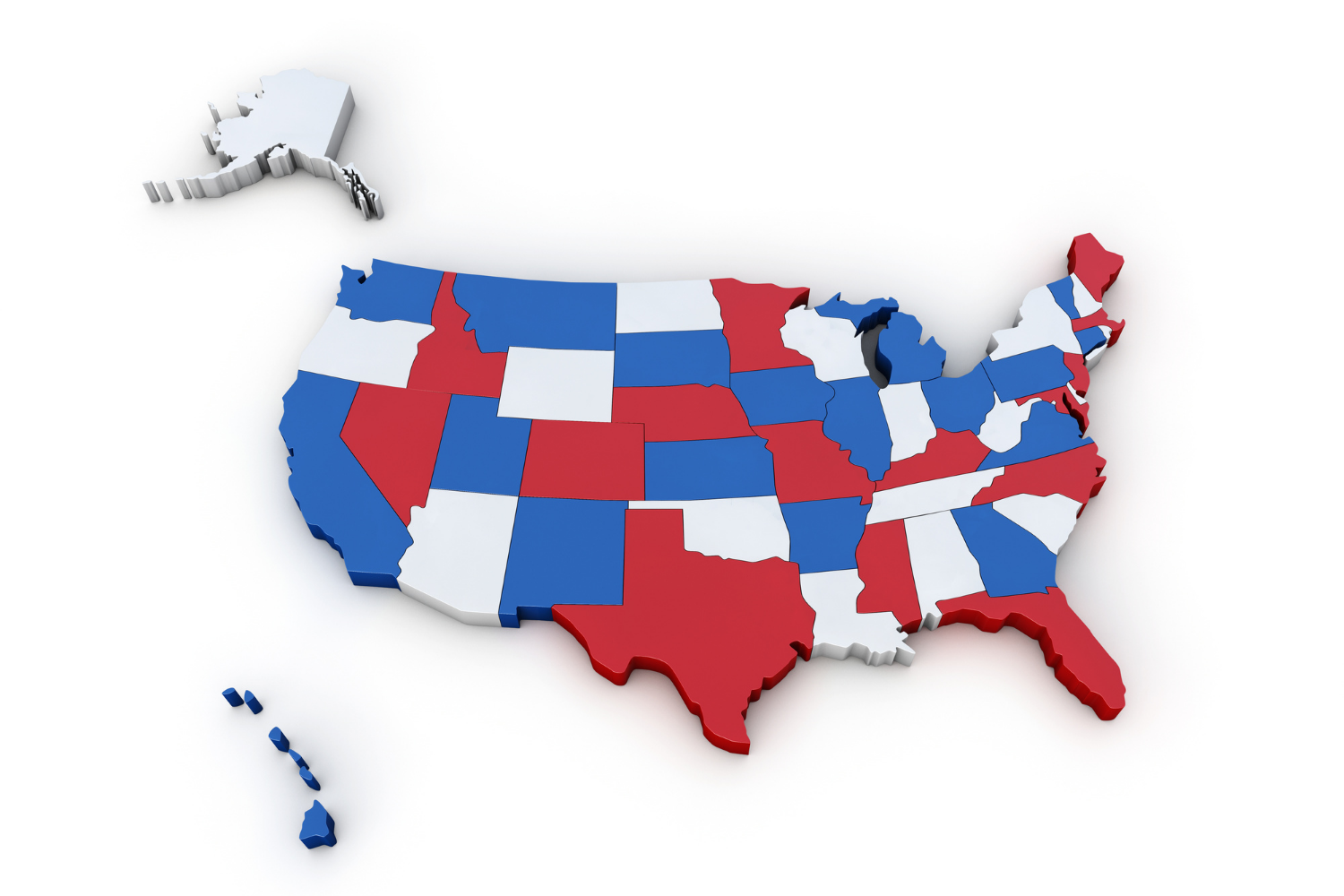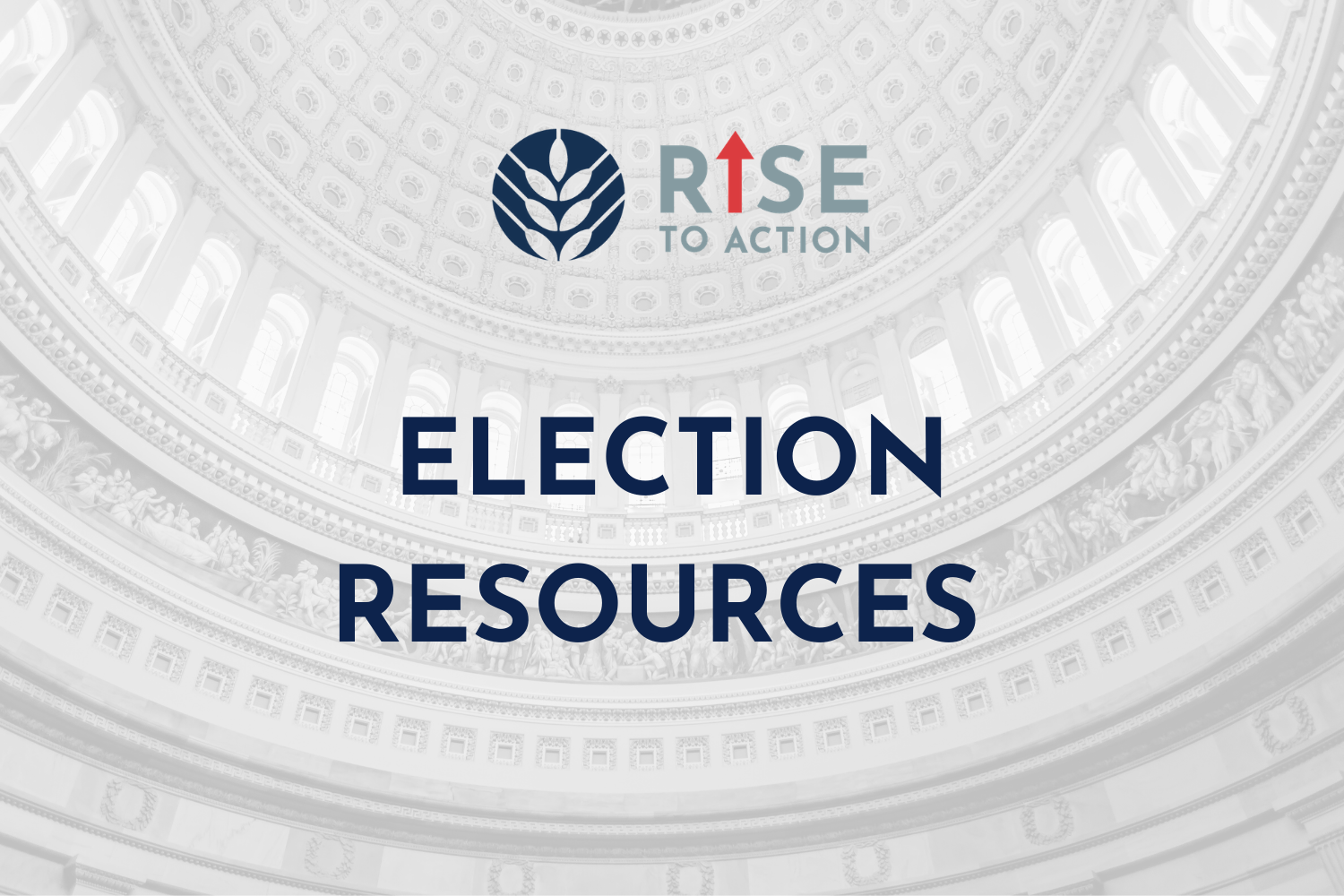It's little surprise that the general election this November 3rd is generating interest for US voters beyond that of most election years. The office of President, 35 US Senate seats, and all 425 occupants of the House of Representatives will be decided (probably not all on that day).
With an increasingly divided federal government, control of state government continues to take on great importance. Governors and state legislators can quickly propose and enact laws that have impacts well beyond their borders. This year, voters will go to the polls to elect 5,877 state legislators, eleven governors and will decide the fate of approximately 120 statewide ballot measures. It is worth noting that state legislatures are steppingstones to Congress for many officials, Governors often run for President, and winning ballot measure can have huge economic and cultural impacts.
Here is a look at some of the more important races in the states this year.
The Governors
Eleven states have gubernatorial elections in November 2020, a relatively low number compared to the 36 races in 2018. Republicans currently occupy 26 governorships while Democrats hold 24, a healthy comeback by the Democratic party from its low point of 16 offices in 2017. Despite their recent successes, this year is shaping up to be one of the status quo for party control.
Of the eleven races, only Montana and possibly the race in North Carolina appear to be close, and in both of those states, Republicans are trying to take the office from the other party. Democrats are likely to be elected or reelected in Delaware and Washington State, while Republicans should retain control in Indiana, Missouri, New Hampshire, North Dakota, Utah, Vermont, and West Virginia. If a surprise occurs in Delaware, Vermont, or Washington on election night, it will be part of the larger national success by one of the parties.
Montana
Retiring Governor Steve Bullock (D) defeated now US Representative Greg Gianforte (R) in 2016. Gianforte, who was elected to Congress in 2017, is running again for Governor against Lt. Gov. Mike Cooney. Montana voters have a history of splitting their support between the parties, and the state is the site of a contested US Senate race this year.
But Montana has been trending to the right, giving President Trump 56% of the vote in 2016. Current polls show Gianforte in front by about 5 points.
North Carolina
Governor Roy Cooper (D) is seeking reelection while being opposed by the state's Republican Lt. Governor Dan Forest. In a closely watched state with its own hot US Senate race, Governor Cooper may ride the advantage of incumbency and positive approval ratings for his handling of the COVID-19 crises to victory. Although he only won by 0.2% in 2016, he is currently polling ahead by 7 – 10 points.
State Legislatures
When examining state races, it is important to consider where voters may have the largest impact. For example, while some state results may be interesting, it is highly unlikely that California voters will do much to weaken the strong Democratic control in Sacramento. We focus on states where one or both legislative houses may switch control, and we look for supermajorities and trifectas.
By the Numbers
There are 99 US state legislative bodies; Nebraska Senators belong to a unicameral (one-house) body and are officially non-partisan (though their actions usually resemble those of Republicans in other states). Currently, there are 3,849 Republicans, 3,455 Democrats, 34 Independents, and approximately 45 vacant seats in those 99 legislative chambers. There are 5,877 legislative seats up for election this year in 44 states. Like the gubernatorial numbers, Democrats have been making advances in recent years.
States to Watch
With two exceptions, the same party currently controls both houses in every state. In Minnesota, Democrats control the House and Republicans the Senate, while a coalition of Democrats and moderate Republicans run the Alaska House. That unified control in 48 states is an unusual situation that is unlikely to remain after the elections.
Due to sheer numbers and lack of polling data, handicapping every Legislature is challenging. Most observers are focused on six state bodies that may switch party control, all of them now in Republican hands. Those six are in Arizona (House and Senate), Iowa (House), Michigan (House), Minnesota (Senate), North Carolina (House), and Pennsylvania (House).
Of these, the most likely to change seems to be in Minnesota, where Democrats look to take over the Senate. That party already controls the state House and the Governor's mansion. Should they succeed in 2020, they will enjoy a state control' trifecta'. If Republicans maintain control or even increase their three-seat margin there, it will be part of a national GOP wave.
The other five state hotspots are less likely to switch control without a significant national Democratic election result.
Supermajorities occur when one party controls enough seats to override a governor's veto or approve special legislation, including tax increases, state constitutional amendments, or other urgent matters. Typically, this means at least 2/3 of the seats in a body are under single-party control. Currently, Republicans enjoy a supermajority in 30 state houses or senates and Democrats in 20.
This especially matters when one party controls the Legislature while a Governor is of another party. Notable examples currently exist in Pennsylvania and Wisconsin, where there is open conflict between legislators and governors. Supermajorities will be gained and lost in several states, possibly including Delaware, Nevada, New York, and Oregon. This year it does not appear that a legislative supermajority will be won in a state where the Governor is of the opposite party.
Related to supermajorities, a legislative trifecta exists when one party controls both the Legislature and the Governor's office. They are solidly red or blue foundations to enact legislative priorities, whereas split governments are more conducive to compromise. Kansas, Kentucky, Louisiana, and North Carolina are current examples of split governments. New trifectas may be won this year if Democrats take control of the Minnesota Senate and Republican candidates win gubernatorial races in Montana and North Carolina.
Ballot Measures
Legislation enacted via direct voting is allowed in one form or another in 32 states. Measures are either referred to the ballot by the Legislature or by citizen petition, i.e., gaining sufficient valid signatures to place a matter before the electorate. It is a process that has been in existence for over a century, but in recent decades has become high stakes and costly form of lawmaking. This year, 120 statewide ballot measures are certified for the November 3rd election. California and Colorado voters face the most decisions, with 11 measures each before them.
Ballot questions often touch upon cultural issues that elected officials are reluctant to debate in a formal setting. They are also promoted by one business or labor group to target high priorities of their policy opponents. Being emotionally compelling issues, they can drive voter turnout in ways that may benefit candidates of one party or the other.
The most impactful issue this November is likely California's Proposition 22, which would overturn a highly contested state law that declared app-based workers to be employees of a company rather than independent contractors. Prop. 22 is being closely watched because of the potentially disrupting economic effect the law could have if other states follow suit. It is the costliest ballot fight in the US this year; over $185 million has been spent to date by companies including Lyft and DoorDash, who seek to overturn the law and over $10 million spent by labor union opponents of Prop. 22.
Elsewhere, voters in four states will decide whether to legalize recreational marijuana and two more to allow medical marijuana use. Voters in twelve states will consider taxes in one form or another, including Arizona voters who will consider a new 3.5% tax on high-income earners, and Colorado, where voters will decide whether to decrease the state's flat income tax rate.
Looking Ahead
All fifty state legislatures will convene in January 2021, the majority starting within the first two weeks of the new year. Prefiling of legislation will begin in 28 states following the election this November.
New legislatures and governors are always enthusiastic, and next year there will be a pent-up demand to move legislation and regulations that were held up in most states due to COVID-19 related shutdowns this year. State election results in 2020 will carry even more weight, create more threats, and present more opportunities than they have in many years.



